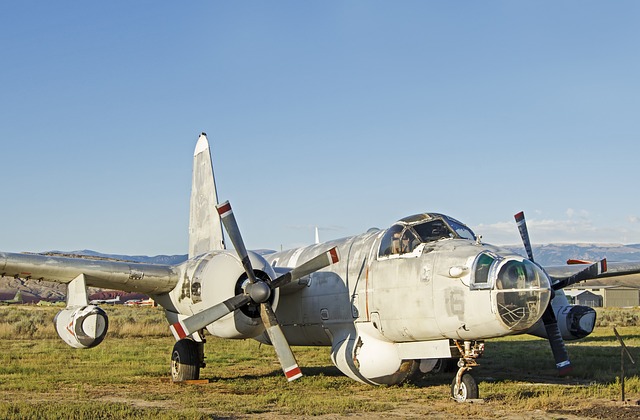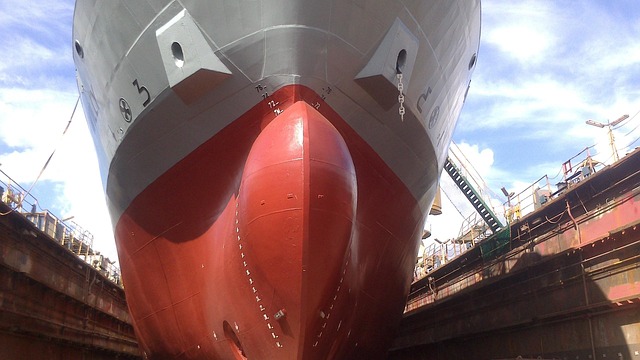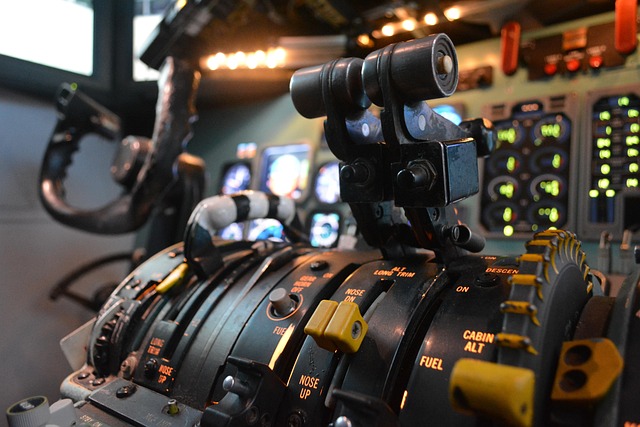The Northwest region's diverse geography and climate create unique challenges for emergency responders, prompting the adoption of advanced fire training simulators. These tools provide safe, controlled environments for professionals to practice year-round, regardless of weather or accessibility issues. Simulators replicate complex scenarios like urban structure fires, forest fires, and remote incidents, enhancing decision-making and coordination during high-stress situations. The fire training simulator northwest is a game-changer, improving preparedness and resilience for the region's unique emergency scenarios by empowering first responders with realistic, immersive training experiences.
In the dynamic landscape of emergency response, the Northwest region presents unique challenges that demand specialized training. This article delves into the critical need for immersive fire training solutions tailored to this distinct environment. We explore the Fire Training Simulator Northwest, a revolutionary game-changer designed to enhance skill development through realistic simulations. By examining its integration with existing curricula, best practices, and future prospects, we uncover how this technology is reshaping emergency preparedness programs across the region.
- Understanding the Northwest Emergency Training Landscape
- – Identifying unique challenges faced by emergency responders in the Northwest region
- – The need for specialized and immersive training
- Fire Training Simulator Northwest: A Game Changer
Understanding the Northwest Emergency Training Landscape

The Northwest region presents unique challenges for emergency responders due to its diverse geography and climate, from dense urban centers to sprawling rural areas and rugged wilderness. This calls for a tailored approach to training, ensuring professionals are prepared for any eventuality. Fire training simulators in particular have become indispensable tools in this landscape, offering a safe, controlled environment to hone skills year-round, regardless of weather conditions or accessibility issues.
These simulators, designed with Northwest scenarios in mind, replicate the complexities of real-world emergencies, from structure fires in urban settings to forest fires and remote incident sites. By immersing trainees in these realistic simulations, emergency responders gain invaluable experience, enhance decision-making abilities, and improve their ability to coordinate efforts during high-stress situations. The adoption of fire training simulators across the Northwest is a testament to the region’s commitment to ensuring its first responders are equipped to handle any crisis effectively.
– Identifying unique challenges faced by emergency responders in the Northwest region

In the dynamic and demanding landscape of emergency response in the Northwest region, unique challenges require tailored solutions. One notable hurdle is the diverse and often harsh environmental conditions that can drastically affect operations. From dense forests to rugged mountains, responders must be prepared for swift changes in terrain and weather, which can impede access and complicate rescue efforts. Additionally, remote areas with limited infrastructure necessitate self-sufficiency and robust equipment, including specialized fire training simulators designed specifically for the Northwest context.
The integration of cutting-edge fire training simulators into emergency preparedness has emerged as a game-changer. These advanced tools offer responders a realistic, controlled environment to hone their skills in combat scenarios that mirror the region’s challenges. A high-fidelity fire training simulator can replicate various conditions, such as windy environments and varied fuel loads, allowing teams to practice tactical decisions and enhance their coordination under stress. This proactive approach not only improves individual proficiency but also fosters a collective resilience crucial for navigating the unique complexities of Northwest emergency responses.
– The need for specialized and immersive training

In the dynamic and demanding field of emergency response, specialized and immersive training is crucial for ensuring preparedness and effectiveness. Traditional methods often fall short in replicating the intensity and complexity of real-world scenarios, leading to gaps in skills development. This is where fire training simulators in the Northwest come into play as game-changers. These cutting-edge tools offer a safe, controlled environment that mimics real-life emergency situations, enabling responders to gain invaluable hands-on experience.
By utilizing advanced technology, fire training simulators provide realistic simulations of burning buildings, allowing trainees to practice fire suppression techniques, rescue operations, and strategic decision-making under pressure. This immersive approach not only enhances technical skills but also improves mental resilience and situational awareness—essential qualities for responders who often face life-or-death situations. With these simulators, emergency personnel can prepare for a wide range of emergencies, ultimately saving lives and refining their response capabilities.
Fire Training Simulator Northwest: A Game Changer

The Fire Training Simulator Northwest is a revolutionary tool that has transformed emergency response preparation in the region. This cutting-edge technology offers a realistic and immersive training experience, pushing the boundaries of traditional fire safety education. With a focus on accuracy and detail, the simulator allows firefighters and responders to confront virtual scenarios that mirror real-world challenges.
It provides an interactive environment where professionals can practice their skills, learn from complex situations, and enhance their decision-making abilities. The simulator’s ability to replicate diverse fire scenarios, from small kitchen fires to large-scale industrial blazes, ensures that emergency responders are fully prepared for any eventuality. This innovative approach to training has undoubtedly elevated the readiness of Northwest’s first responders, making them better equipped to handle critical situations with confidence and proficiency.






